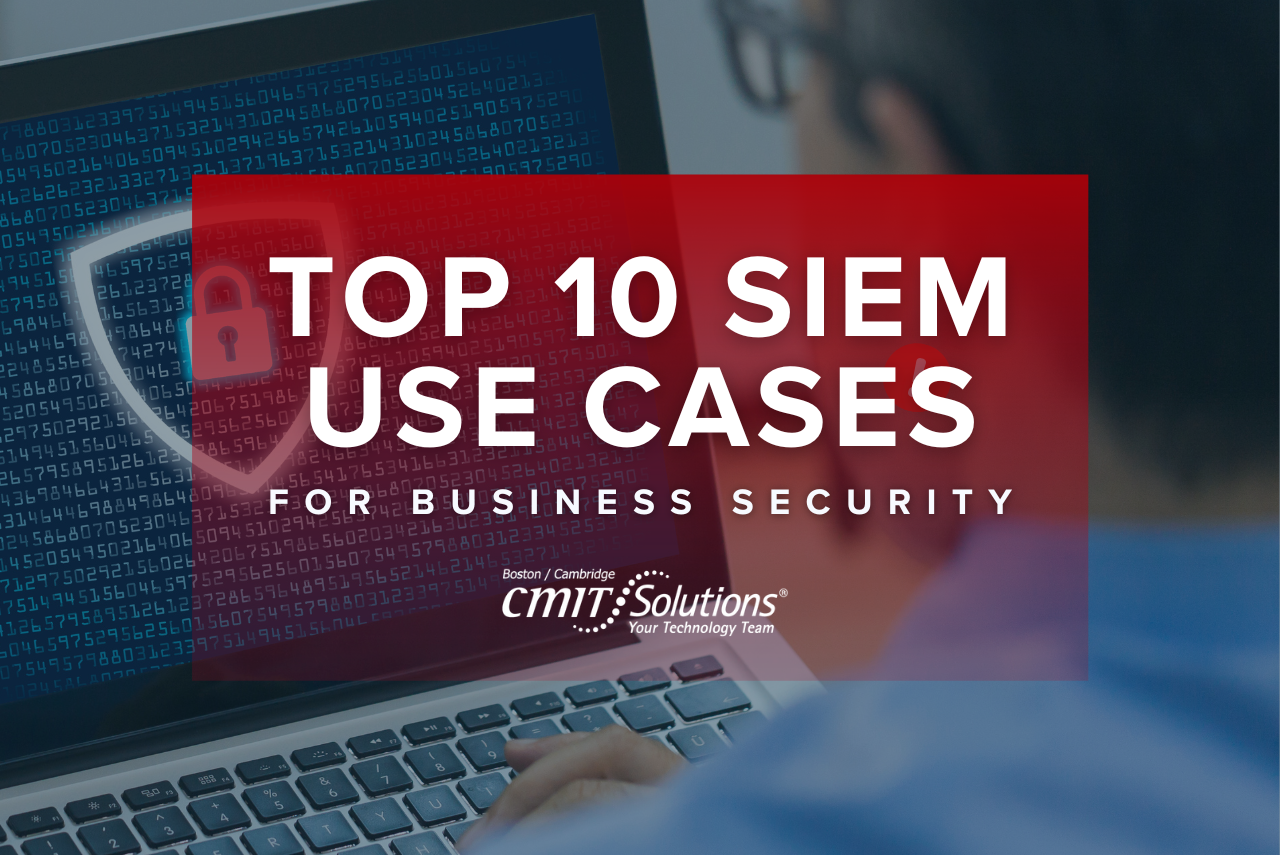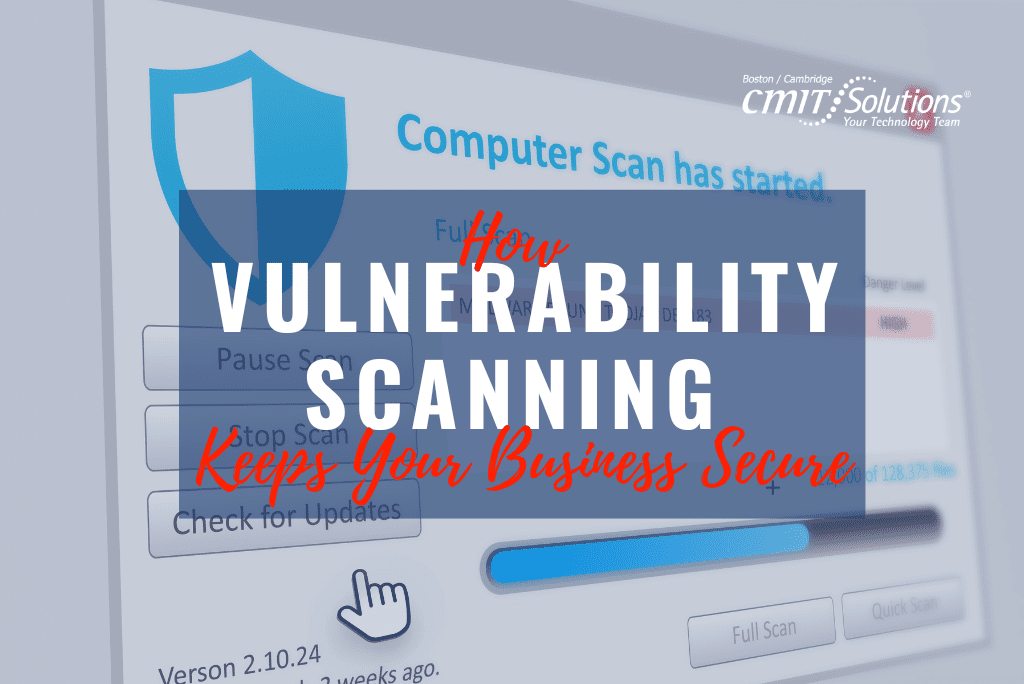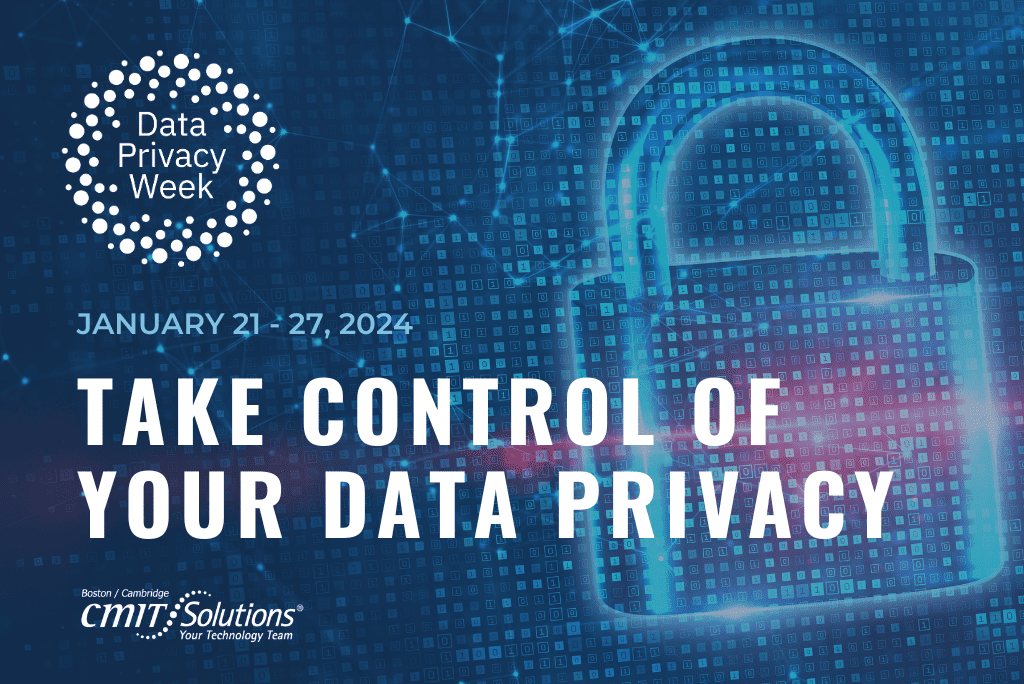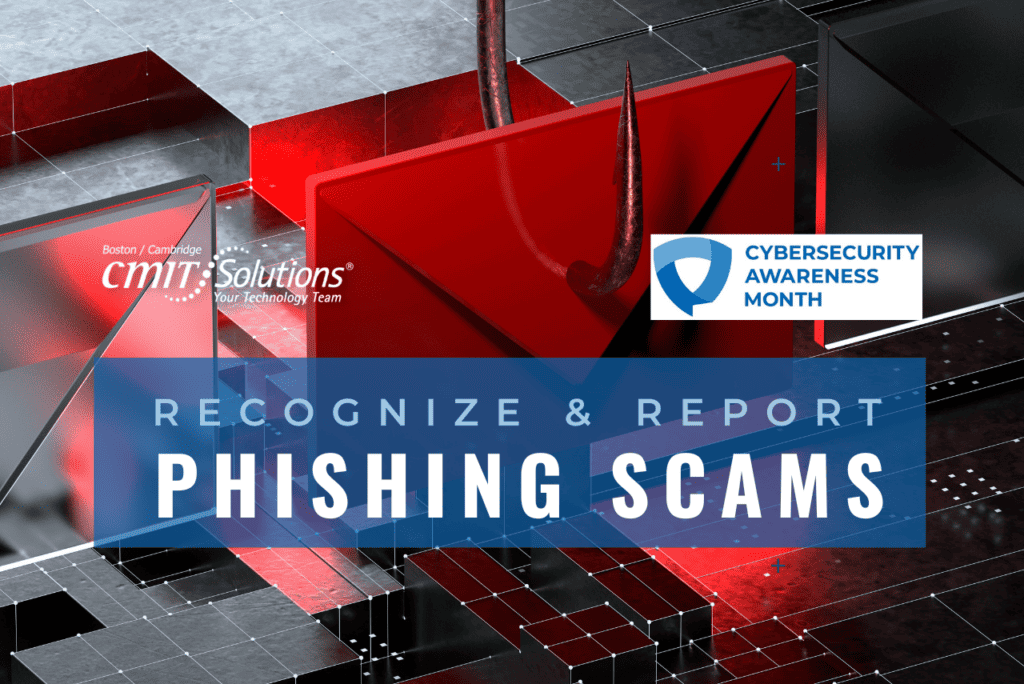Whether you’re running a small startup or a growing mid-sized company, you’ve likely heard about tools that help monitor your IT environment for signs of trouble. One of the most powerful tools in that toolbox is SIEM—short for Security Information and Event Management. But what exactly does SIEM do, and why does it matter to your business?
In simple terms, a SIEM solution collects and analyzes data from across your systems—like servers, email, applications, and employee logins—to detect suspicious activity in real time. It’s like a 24/7 security camera and alarm system for your digital infrastructure.
Let’s break down 10 of the most important ways businesses are using SIEM today, and why you should consider putting them into practice.
1. Spotting Suspicious Login Behavior
Imagine someone trying to guess your password over and over—or logging in successfully from another country you’ve never been to. SIEM tools help detect those patterns, alerting you to potential unauthorized access before it becomes a bigger problem.
Why it matters: Prevents hackers from sneaking in through compromised credentials.
2. Watching for Misuse of Admin Privileges
If an employee suddenly gains access to areas of your system they don’t normally touch, it could be a red flag. SIEM systems help track and alert you to unusual access by employees or service providers.
Why it matters: Prevents internal abuse or human error from causing damage.
3. Catching Malware & Ransomware Early
A SIEM can pick up on behavior that’s typical of viruses or ransomware—like strange files being created or systems suddenly encrypting data. This gives your IT team the chance to respond before your entire network is locked down.
Why it matters: Reduces the risk of business downtime and costly ransom demands.
4. Stopping Lateral Movement Inside Your Network
Once inside your system, attackers often try to move from one computer to another. SIEM tools can detect this internal movement—helping you contain the breach quickly.
Why it matters: Stops hackers from reaching sensitive or financial data.
5. Detecting Insider Threats
Insider threats are on the rise—83% of companies reported at least one internal security incident over the past year. A SIEM system helps monitor unusual behavior like large file downloads or unauthorized data transfers.
Why it matters: Protects your business from internal risks.
6. Flagging Unusual Programs or Scripts
Sometimes, a cyberattack starts when a hacker runs a hidden program or script. SIEM tools can identify when strange or unapproved applications are being used—especially on servers or executive machines.
Why it matters: Prevents attackers from installing tools that can do further damage.
7. Identifying Abnormal Internet Traffic
If your network is suddenly sending or receiving a large amount of data, especially outside of business hours, it might be a sign that sensitive information is being stolen. SIEMs help detect these traffic spikes and send alerts.
Why it matters: Prevents data loss and exposure of customer or company info.
8. Preventing Data Theft
Whether it’s customer records or financial reports, data is one of your most valuable assets. SIEM systems look for patterns that suggest someone is trying to export or steal sensitive files.
Why it matters: Keeps private data from falling into the wrong hands.
9. Catching Security Gaps in Real Time
If an antivirus scan fails or a backup doesn’t complete, it could leave your business vulnerable. A SIEM can alert you when these important processes break down—so nothing falls through the cracks.
Why it matters: Helps ensure your security tools are always working as intended.
10. Simplifying Compliance & Audit Reporting
It’s no wonder why 70 percent of enterprises prioritize SIEM for audit readiness and compliance. Whether you’re dealing with HIPAA, PCI, or another regulation, SIEMs help you track who accessed what, when, and how. Many systems even offer prebuilt reports to simplify audits.
Why it matters: Reduces risk of non-compliance penalties and builds trust with clients.
A Smart Investment in Your Business Security
Cybersecurity might sound technical—but the risks are very real for businesses of all sizes. The good news is, with the right SIEM setup, you don’t have to be a tech expert to protect your company. By implementing even a few of these use cases, you’re giving your team the visibility they need to stop threats before they cause damage. If you’re unsure where to start, we can help assess your current environment and set up a tailored SIEM strategy that makes sense for your business. Want to learn more about how SIEM could work for your company? We’re always here to help.
Written by: Chris Zambuto | Chief Information Security Officer @CMITBostonCambridge




